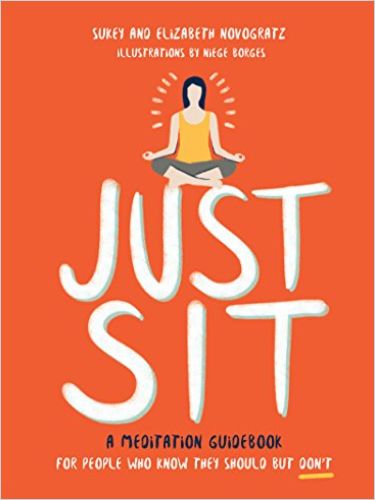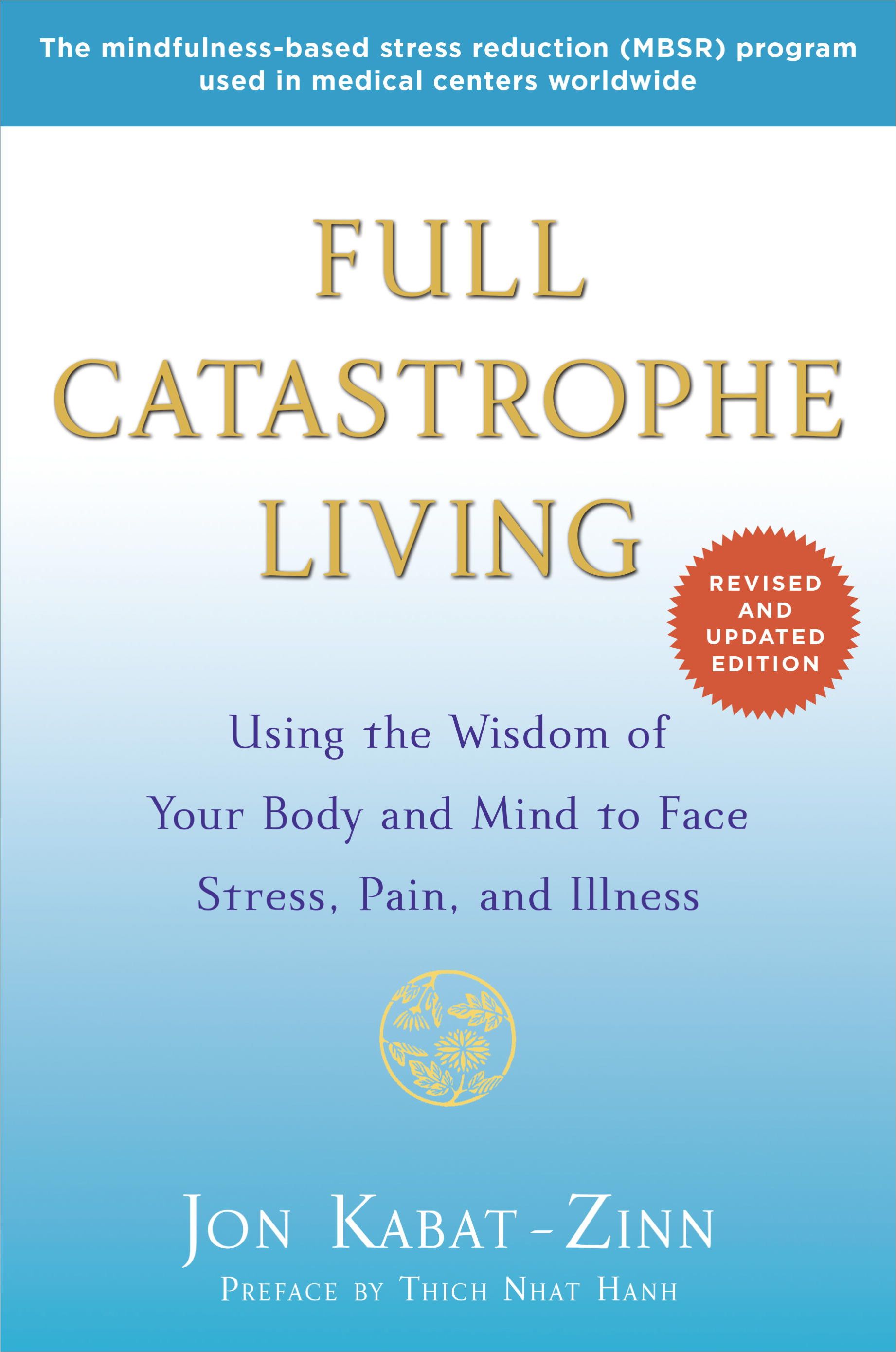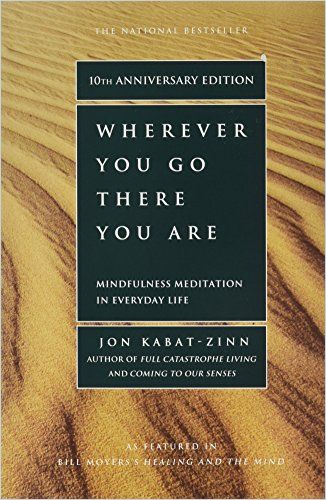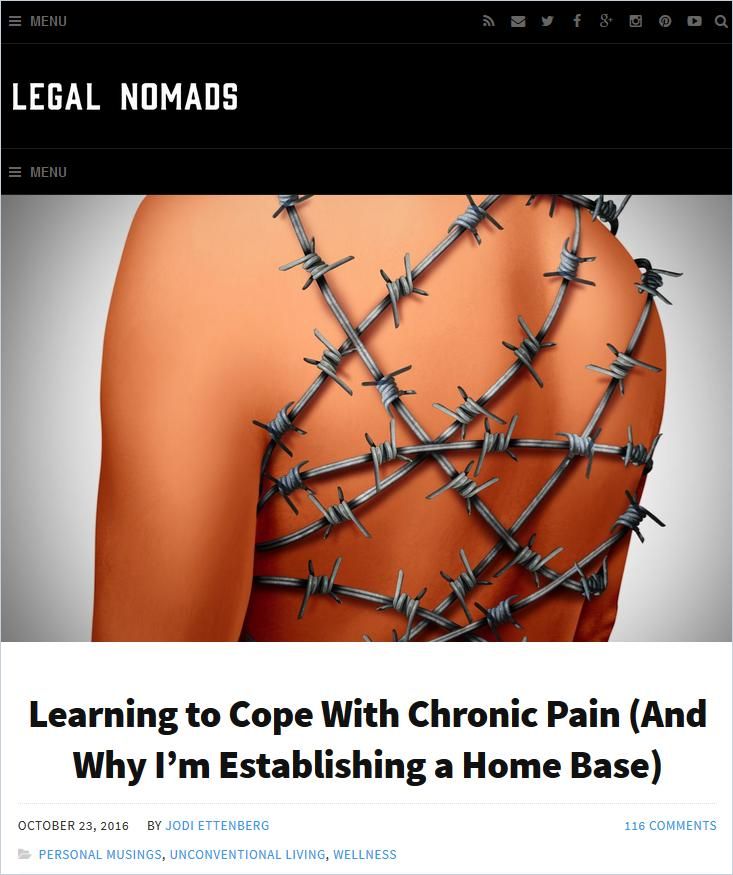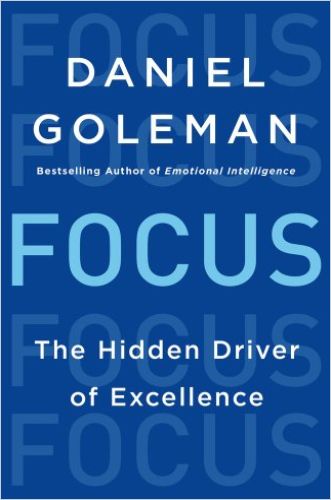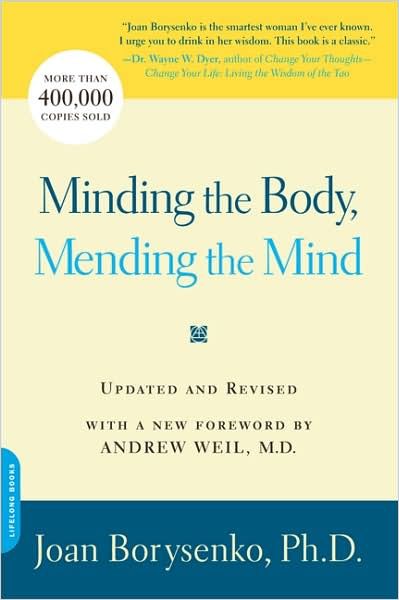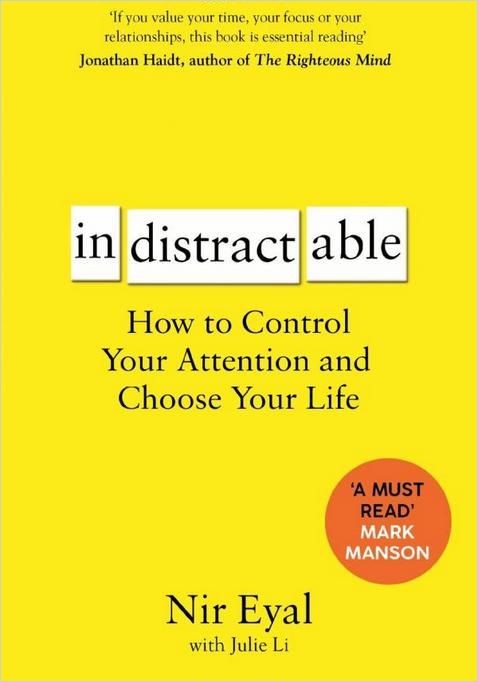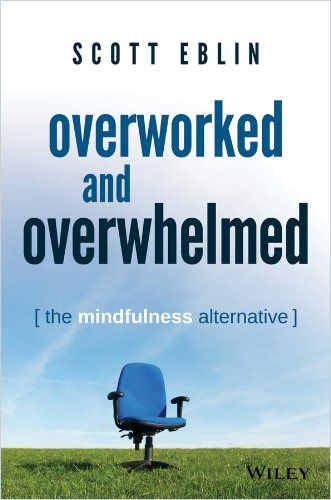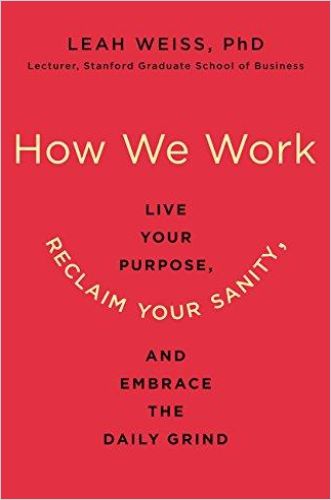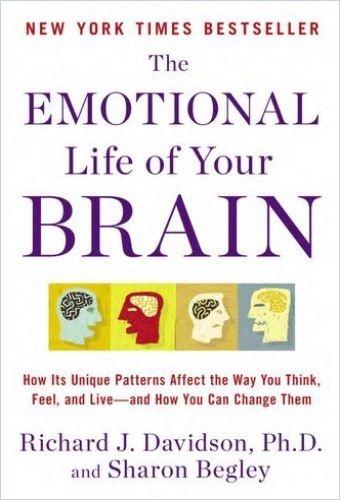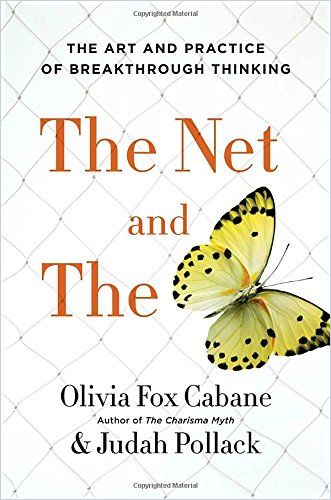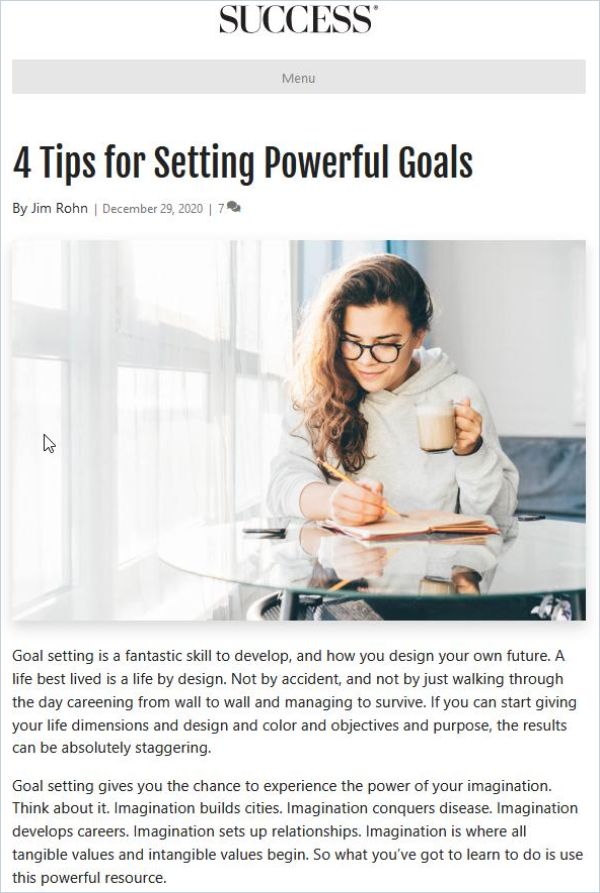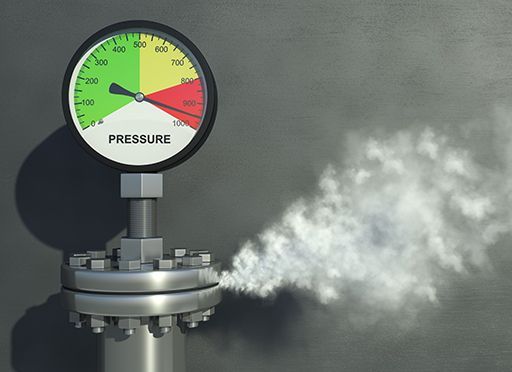How to Meditate

Meditation carves out a little oasis of peace for yourself amid the hustle and bustle of your busy life. You likely know this, and maybe you’ve thought you’d like to try meditation but don’t know how to begin. The beauty of meditation practice is all you have to do to start is Just Sit and breathe.
You don’t need special equipment, you don’t need to put on your sneakers or drive anywhere. And yet, people put off integrating a meditation practice into their life, ironically, for the very problems that meditation can solve: they feel too harried, distracted and stressed to sit quietly. But a small daily investment in your peace of mind returns big benefits when you most need it.
Mohandas Gandhi used to say on very busy days, he needed to meditate for twice as long as usual.
In Altered Traits, authors Daniel Goleman and Richard J. Davidson dive deeply into the tradition of meditation as practiced by yogis. They trace its history to a fifth-century Buddhist spiritual text that describes the progression of mental states from the everyday busy “monkey mind,” when your brain is full of thoughts you constantly react to, through building focus by paying attention to the breath. Eventually, adept meditators feel a deep sense of calm and joy. Indeed, the ablest seem to reach a bliss state, not only when meditating but during regular life, according to brain scans that show a much higher than average amount of continuous gamma wave activity, usually indicative of a deep and sudden insight – dare one say, enlightenment?
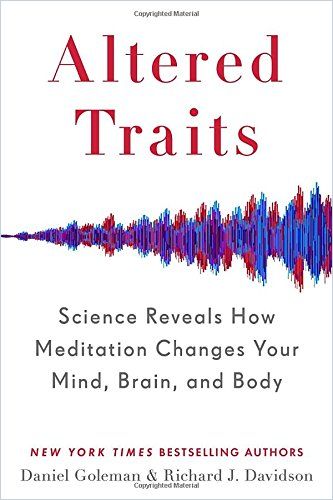
Studies show meditation slows your heart rate and your breathing rate and reduces high blood pressure and high cholesterol. People who meditate live longer and stress less. Less tangible benefits include greater creativity and happiness; science backs this up with neurological studies, according to psychotherapist and longtime meditator Stephen Bodian, author of Meditation for Dummies. The experts agree that meditation increases your quality of life. The good news is you don’t have to be a yogi to experience it.
1. There Is No One Right Way to Meditate
The most important thing to learn here about meditation is you can’t get it wrong. Experts differ on how much time daily it takes to lock in the long-term benefits, but they all agree that even a minute is better than no practice at all. Before beginning, keep these things in mind:
- Sit with a straight back (on a chair is just fine).
- Take deep breaths.
- Notice your thoughts, but don’t dwell on them. You are not your thoughts.
- Practice without judgment or expectation.
Don’t try to suppress emotions that may come up. Instead, notice them and their effect on your body. Just as with thoughts that bubble up, let emotions pass. Persistent emotions come from unresolved situations. Note them and try to understand the emotions beneath what may be obvious. Allow yourself to experience emotion with your whole body. This will help it to pass. Recognize your emotional patterns and think of more positive patterns to put in their place. Meditation can improve your life, but it is not a substitute for therapy, warns Dawn Foster in “Is Mindfulness Making Us Ill?” If troubling thoughts and emotions continue to arise, seek professional psychological help.
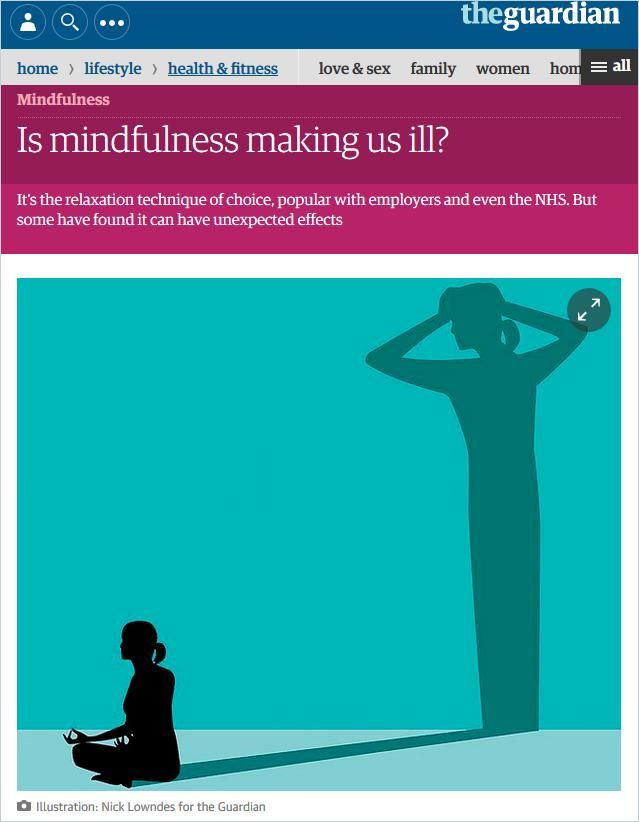
Here are three simple meditations to get you started:
2. Reduce Stress By Focusing on the Present
Many meditators begin their practice as a way to manage stress and reduce anxiety, often on the recommendation of their doctor. Perhaps no one has done more to make meditation accessible to lay people than Dr. Jon Kabat-Zinn and his mindfulness-based stress reduction (MBSR) technique. Studies confirm his method is also effective in helping people manage chronic pain. In Full Catastrophe Living, Kabat-Zinn urges practitioners to begin with “non-judgment, patience, beginner’s mind, trust, non-striving, acceptance and letting go.” Start with the breath. Just notice it. Pay attention to all the sensations of your breath as you inhale and exhale. Kabat-Zinn developed an eight-week program for daily 45-minute sessions, but shorter periods also reduce stress.
[Meditation] is about allowing yourself to be exactly where you are and as you are, and for the world to be exactly as it is in this moment as well.
Jon Kabat-Zinn
In MBSR, beginners usually lie down to ground their body, but sitting will work too. Kabat-Zinn describes how to completely relax physically with a “body scan:”
- Focus your attention systematically on different parts of your body, starting with your toes and going up your body to your head.
- Visualize each body part in succession and focus your attention on its sensations – the way the air or fabric feels, for instance.
- Note the marvel of the way these body parts function. If you start with the breath, follow it through your nostrils into your lungs, or note how different parts of the body coordinate to allow you to speak.
- You can use this same method of meditation to become more aware of the sensations in your mind as they arise.
- If you notice your thoughts have wandered, gently return your focus.
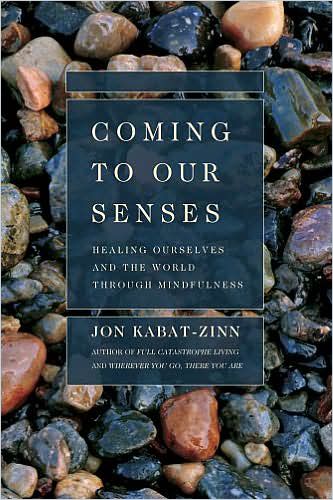
Kabat-Zinn notes that once you get the hang of mindfulness – simply focusing on the present moment – you can do it anywhere. In walking meditation, note how your body moves and breathes while walking. Make noticing these things more important than your destination. As your practice deepens, emotions will likely surface. Take them in stride as just one aspect of your being.
Knowing what you are doing while you are doing it is the essence of mindfulness practice.
Jon Kabat-Zinn
You can bring mindfulness to other activities, such as eating or waiting in line at the grocery store. Just start by paying attention to your breath. Release thoughts and emotions. If you experience discomfort – perhaps boredom – note it and continue to focus on your breath and the activity you’re engaged in. Be in the moment. Over time, your ability to cope with “not knowing” increases, notes Kabat-Zinn.
3. Strengthen Concentration By Letting Go of Distractions
If you’re looking to focus like a laser on your goals but keep getting distracted by all the things life throws at you, this meditation designed to increase concentration can help. In One Second Ahead, authors Rasmus Hougaard, Jacqueline Carter and Gillian Coutts recommend taking a one-second pause when distraction pops up to decide where you’d like to place your attention. You can ignore it, “inform it” (tell them you’ll call back) or decide to shift your attention. This mindful response is preferable to just reacting, but it takes practice. Boost your ability to concentrate deliberately by following this method:
- Begin by just observing your breath as it flows in and out.
- Count each inhale and exhale, up to 10.
- Then count backward on each inhale and exhale.
- If you find you forgot to stop at 10, recognize your “autopilot” mind has taken over and refocus on your breath.
- If a distraction arises and makes you tense, consciously let go of the tension. Resume breathing.
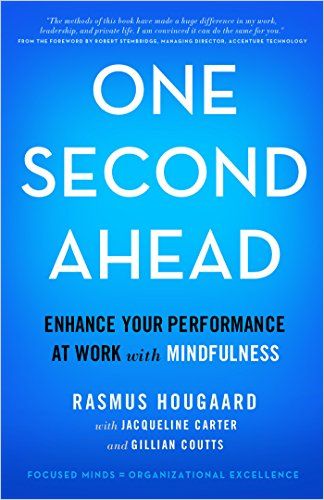
Not only will your concentration increase with meditation, but it will do so short-term, in a pinch – so meditate before important meetings or while working on mission-critical deadlines.
Just by meditating, by sitting down and being still, you can change yourself and the world.
Jon Kabat-Zinn
4. Find Joy By Practicing Gratitude
If your harsh criticisms and negative self-talk keep you from finding peace, try practicing a little love. Author Stephen Bodian outlines a classic loving-kindness meditation in Meditation for Dummies. Begin, as always, by relaxing and breathing deeply.
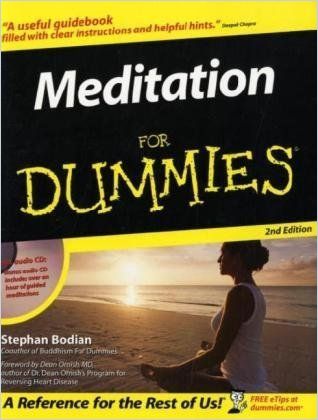
- Remember a time in your life you were deeply loved.
- Gently explore this memory.
- Feel appreciation for the person who made you feel loved.
- Let the feelings of love this brings accumulate.
- If you like, focus on the feeling with a mantra: “May I be happy. May I be peaceful. May I be free from suffering.”
- Think of someone you love and focus the feeling of love on them. Perhaps extend the mantra to them.
- Focus on the next person in your family or circle of friends you want to extend love to until you go through all the people you care about.
- Extend your feeling of loving kindness to all the people in the world.
To establish an enduring practice, meditate at the same time every day: then it becomes a part of your routine. But, when life happens and you can’t sit for your usual session, find another way to meditate, even if just for a few minutes during laundry. While meditation improves the lives of its practitioners, businesses like Aetna, Target and Goldman Sachs are also seeing a return on their investment in meditation programs for their employees, reducing health care costs by an average of $2000 per employee and boosting productivity by $3000 per employee, a win-win for everyone.
All the benefits of meditation await you. Just sit down and get started.

The Other Side of Languishing Is Flourishing. Here’s How to Get There.
The New York Times Read SummaryRead more:


